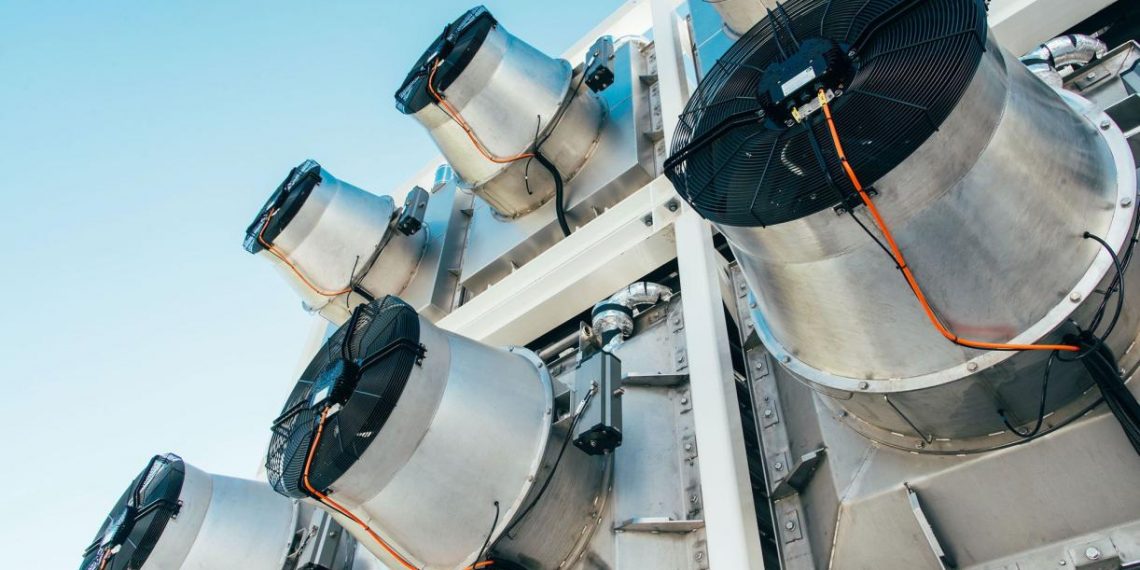In addition to rapid greenhouse gas emission reductions, carbon dioxide removal (CDR) will also be needed to avoid the worst impacts of climate change and realize the U.S. national target of net-zero greenhouse gas emissions by 2050. Carbon removal approaches are diverse — ranging from nature-based to more engineered solutions — and vary in terms of cost, stage of development and possible scale of deployment. Investing in the development of a diverse portfolio of carbon removal approaches and technologies will help maximize the likelihood that CDR solutions can meet the climate challenge across the United States. There is a need for enhanced government-wide coordination to lead a cross-cutting CDR research, demonstration and deployment effort grounded in carbon removal’s efficacy, socioeconomic impacts and input from American communities.
The Removing Emissions to Mend Our Vulnerable Earth Act of 2022, or the REMOVE Act, was introduced by Representative Ann Kuster (NH-02) and Representative Anthony Gonzalez (OH-16) in the House. The REMOVE Act, which bares similarities to the previously introduced Senate CREATE Act, would:
- Enact a new Committee on Large-Scale Carbon Management within the Department of Energy, tasked with forming a government-wide action plan on carbon removal. Committee representatives will come from the Office of Science and Technology Policy, Department of Agriculture, Department of Defense, Department of Energy, National Oceanic and Atmospheric Administration and the Environmental Protection Agency. Committee responsibilities will include but are not limited to:
- Creating a strategic plan for Federal experimenting, prototyping and production of technological CDR and sequestration;
- Coordinating budgets with Federal agencies on technological CDR costs;
- Identifying cost-effective CDR technologies for large-scale production;
- Evaluating CDR data collection and monitoring activities;
- Analyzing socio-economic and community level impacts from CDR technologies and
- Creating protocols on CDR work with underserved communities to ensure effective engagement.
- Assemble working groups under the new Committee to carry out the experimenting, prototyping and production of CDR technology. The groups will focus on tracking CDR’s long-term environmental impacts as well as monitoring data collection activities and long-term carbon storage protocols. The groups will focus on the following types of CDR:
- Oceans
- Terrestrial
- Geological
- Technological
- Form the Carbon Accounting Coordination Working Group with the task of ensuring that government-wide actions on CDR are properly accounted for and measured. The working group will do this by developing a data collection plan that will include assessing existing federal data sources on CDR, developing data collection methodologies, outlining the roles of different federal agencies and guidelines on data collection protocols.
Why This Legislation Is Important
The REMOVE Act would activate a whole-of-government approach for developing and deploying carbon removal technologies at a scale that has yet to be seen. This approach will not only invest in the formation of working groups and scaling up of research efforts, but it will explicitly direct relevant federal agencies to incorporate CDR into their annual budgets. This cross-agency budgetary approach is important because it shows the federal government’s explicit financial and personnel investment in the successful deployment of CDR. The committees and working groups proposed in the REMOVE Act would provide the necessary framework of research and development through this cross-cutting government effort to accelerate decarbonization efforts to communities across the United States.
On top of sending a clear message of federal investment in carbon removal technology, the REMOVE Act has great potential to foster the socioeconomic and community engagement benefits that can result from responsible CDR deployment. These benefits can be in the form of job creation, rural economic development, enhanced private sector engagement on climate action and more when these solutions are deployed responsibly with clear community input.
The REMOVE Act stands apart when compared to other legislative actions on carbon removal efforts because of its key focus on a whole-of-government, cross agency approach to financially invest in responsible and equitable CDR deployment. The knowledge and resources to emerge from this cross-cutting approach have the potential to lay the groundwork for widespread CDR deployment in the coming decades as its need grows alongside rising impacts of climate change.



